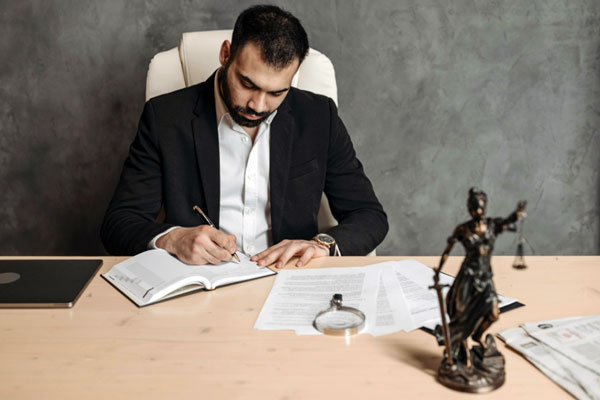The prosecution bases its whole case on felony assault on the strength of its evidence. The priority of a competent defense lawyer is to carefully recheck the evidence gathered by the prosecution. This involves finding weaknesses and discrepancies and highlighting any breaches of constitutional rights. By mounting an aggressive challenge, they protect their client’s rights and create reasonable doubt. There are three major methods consistently used to challenge the validity and reliability of evidence in these high-stakes cases.
1. Questioning Witness Credibility and Testimony
Victim and eyewitness testimonies are usually critical to the prosecution. But they remain one of the most inherently unreliable forms of evidence. Defense attorneys examine such accounts with precision, probing prior inconsistencies and potential bias. They also assess the circumstances surrounding the identification, evaluating its reliability and compliance with legal standards.
A lawyer could point out that stress, lack of light, or a short incident period can strongly influence visual impressions and recollection of an individual. They are also able to examine any prior relationship between the witness and the defendant that may give a motive to lie or exaggerate charges. Cross-examination is the main tool for doing this, as it is used to elicit these discrepancies and biases in front of the jury, discrediting the confidence of the identification and overall narrative being presented by the prosecution.
2. Challenging the Forensic Evidence and Its Analysis
While often considered unchallengeable, forensic evidence is not immune to attack. The defense attorney will challenge the entire lifecycle of the physical evidence from collection to analysis. This includes reviewing whether crime scene technicians followed proper procedures to prevent contamination. It also involves examining how evidence was stored and logged, and whether the chain of custody was maintained without interruption.
The attorney may also employ their own experts to challenge the conclusions of the forensic examiners for the prosecution. For example, they might question whether blood spatter clearly shows intent. They could also argue that the injuries might match a claim of self-defense. By criticizing the technique and the analysis of forensic evidence, the defense can undermine what the jury may have otherwise regarded as objective and inarguable evidence.
3. Filing motions to Suppress Illegally Obtained Evidence
Some of the best defense challenges are raised before trial begins through motions to suppress. Evidence can be excluded entirely if it was obtained in violation of the defendant’s constitutional rights. Defense attorneys thoroughly examine what law enforcement did for any Fourth Amendment violations. This may be an unjustified search or seizure conducted without a warrant or good cause.
They also scrutinize interrogations for violations of the Fifth Amendment. These can be failing to provide a Miranda warning before a custodial interrogation or coercing a confession. A successful motion to suppress can block key evidence from being used in court. And without this valuable evidence, the case of the prosecutor can completely collapse, leading to reduced charges or even full dismissal. For a cleaner picture of how felony assault is defined and defended, consult a trusted guide on felony assault charges.
Endnote
In felony assault cases, the prosecution must meet a high legal standard. But its evidence is still open to challenge. A strong defense looks for gaps, contradictions, and legal mistakes in the prosecution’s case. Defense attorneys closely examine witness statements, forensic evidence, and how it was collected to ensure it meets constitutional standards. This helps protect the presumption of innocence and keeps the justice system fair.








